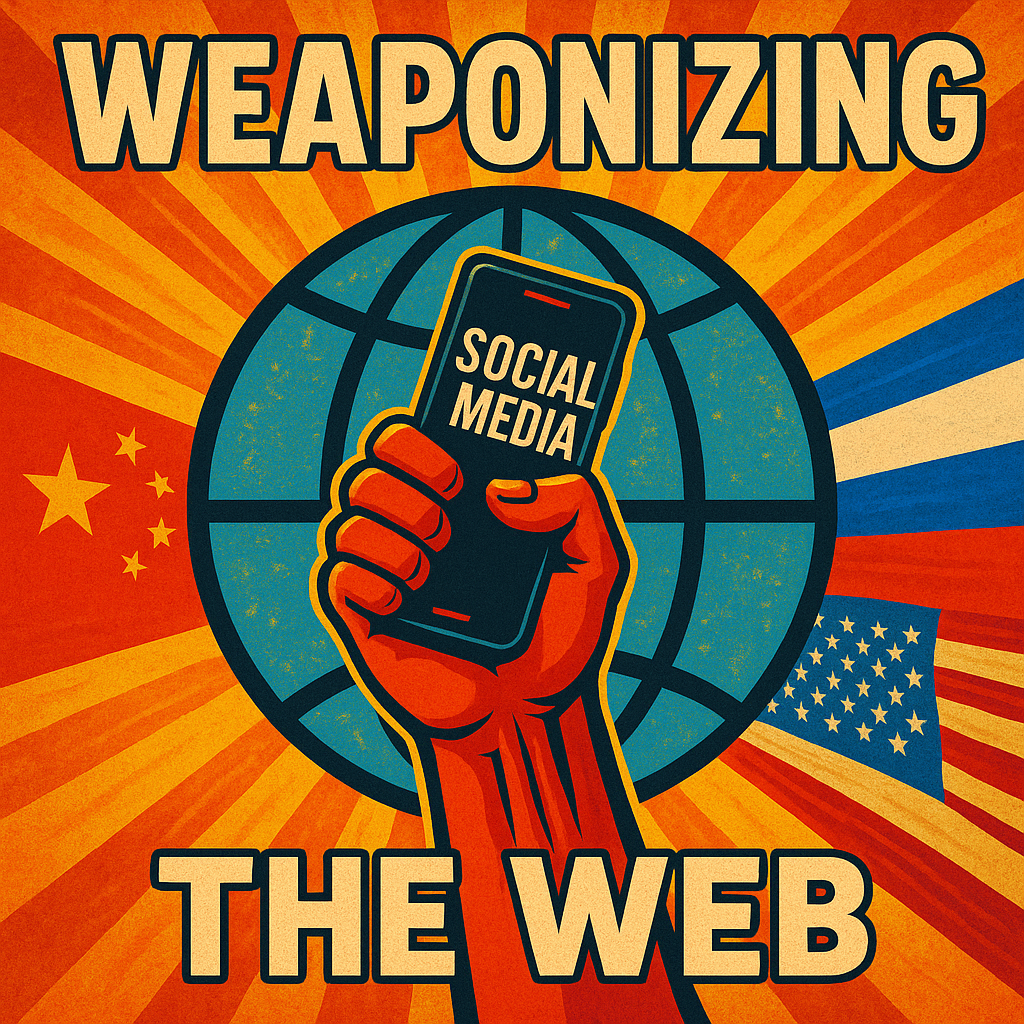The Ideological Divide, Finding Common Ground and Bridging the Gap
Political Polarization – In today’s hyper-connected world, social media has become a double-edged sword. While it has the power to unite people across the globe, it also plays a significant role in deepening political divides. Platforms like Facebook, Twitter, and Instagram have transformed how we consume information, engage in political discourse, and form opinions. However, these same platforms often amplify polarization, creating echo chambers, spreading fake news, and reinforcing algorithm-driven biases.
In this article, we’ll explore how social media fuels political polarization, examine the mechanisms behind this phenomenon, and propose actionable solutions to foster healthier, more constructive discussions. By understanding the root causes of division, we can take steps to bridge the gap and promote a more informed and harmonious society.
The Rise of Echo Chambers: How Social Media Divides Us
What Are Echo Chambers?
Echo chambers are environments where individuals are exposed only to information, opinions, and beliefs that reinforce their existing views. On social media, algorithms curate content based on user preferences, creating a feedback loop that amplifies similar ideas while filtering out opposing perspectives.
How Echo Chambers Function on Social Media
Social media platforms use sophisticated algorithms to keep users engaged. These algorithms prioritize content that aligns with a user’s past behavior, such as likes, shares, and comments. Over time, this creates a personalized feed that reinforces one’s worldview, making it harder to encounter diverse viewpoints.
Research Insight: A 2018 study by the Proceedings of the National Academy of Sciences found that social media users are more likely to interact with content that aligns with their political beliefs, leading to increased polarization.
Impact: Echo chambers can create a distorted perception of reality, where individuals believe their views are more widely shared than they actually are. This can lead to increased hostility toward opposing ideologies and a breakdown in constructive dialogue.
The Spread of Fake News: Fueling Misinformation and Distrust
The Prevalence of Fake News
Fake news—false or misleading information presented as news—has become a pervasive issue on social media. During elections and political events, fake news stories often go viral, shaping public opinion and deepening divisions.
Example: The 2016 U.S. presidential election saw a surge in fake news stories, with some studies suggesting that false information was shared more widely than factual reporting on platforms like Facebook.
The Effects of Fake News on Political Beliefs
Fake news exploits cognitive biases, such as confirmation bias, making it easier for people to believe information that aligns with their preexisting beliefs. This not only reinforces polarization but also erodes trust in legitimate news sources.
Research Insight: A 2018 study by MIT found that false information spreads faster and farther than true information on social media, largely due to its sensational and emotionally charged nature.
Impact: The spread of fake news undermines informed decision-making and contributes to a climate of distrust and hostility.
Algorithm Biases: Reinforcing Divisive Narratives
How Algorithms Shape What We See
Social media algorithms are designed to maximize engagement, often prioritizing controversial or emotionally charged content. This creates a feedback loop where divisive narratives are amplified, while nuanced or balanced perspectives are buried.
Example: A 2021 investigation by The Wall Street Journal revealed that Facebook’s algorithm prioritized inflammatory content, as it generated higher levels of user interaction.
The Role of Algorithm Biases in Polarization
By promoting extreme content, algorithms inadvertently reinforce polarization. Users are exposed to increasingly radical viewpoints, making it harder to find common ground with those who hold different beliefs.
Impact: Algorithm biases contribute to a fragmented information landscape, where individuals are less likely to engage with opposing viewpoints and more likely to view their political opponents as enemies.
Bridging the Divide: Strategies for Healthier Political Discourse
While social media has undoubtedly contributed to political polarization, it also has the potential to foster understanding and dialogue. Here are some actionable steps individuals can take to engage more positively with differing viewpoints:
1. Diversify Your Feed
Actively seek out and follow accounts that represent a range of political perspectives. This can help break the echo chamber effect and expose you to new ideas.
Tip: Use tools like Ground News or AllSides to compare how different outlets cover the same story.
2. Practice Media Literacy
Develop critical thinking skills to evaluate the credibility of information. Fact-check stories before sharing them, and be wary of sensational headlines.
Tip: Websites like Snopes and FactCheck.org can help verify the accuracy of news stories.
3. Engage in Constructive Dialogue
When discussing politics online, focus on understanding rather than winning the argument. Ask questions, listen actively, and avoid personal attacks.
Tip: Use the Socratic method to encourage thoughtful discussion by asking open-ended questions.
4. Support Platform Accountability
Advocate for greater transparency and accountability from social media companies. Encourage platforms to prioritize accurate information and reduce the spread of divisive content.
Tip: Support initiatives like the Trust Project, which promotes transparency in journalism.
5. Promote Media Literacy Education
Encourage schools and communities to teach media literacy skills. By equipping people with the tools to navigate the digital landscape, we can reduce the impact of fake news and misinformation.
Tip: Share resources like MediaWise or News Literacy Project with your network.
The Role of Critical Thinking in a Polarized World
In an age of information overload, critical thinking is more important than ever. By questioning assumptions, evaluating evidence, and considering multiple perspectives, we can navigate the complexities of social media and make informed decisions.
Quote to Remember: “The greatest enemy of knowledge is not ignorance, but the illusion of knowledge.” – Stephen Hawking
Conclusion: Fostering a More Informed and Harmonious Community
Social media has the power to connect us, but it also has the potential to divide. By understanding the mechanisms behind political polarization—echo chambers, fake news, and algorithm biases—we can take steps to mitigate their impact. Through media literacy, constructive dialogue, and a commitment to diverse perspectives, we can bridge the gap between differing political ideologies and foster a more informed and harmonious society.
Call to Action: Start today by diversifying your social media feed, fact-checking before sharing, and engaging in respectful conversations. Together, we can create a digital landscape that promotes understanding and unity, rather than division and discord.
By taking these steps, we can harness the positive potential of social media and build a community that values truth, empathy, and constructive dialogue.




